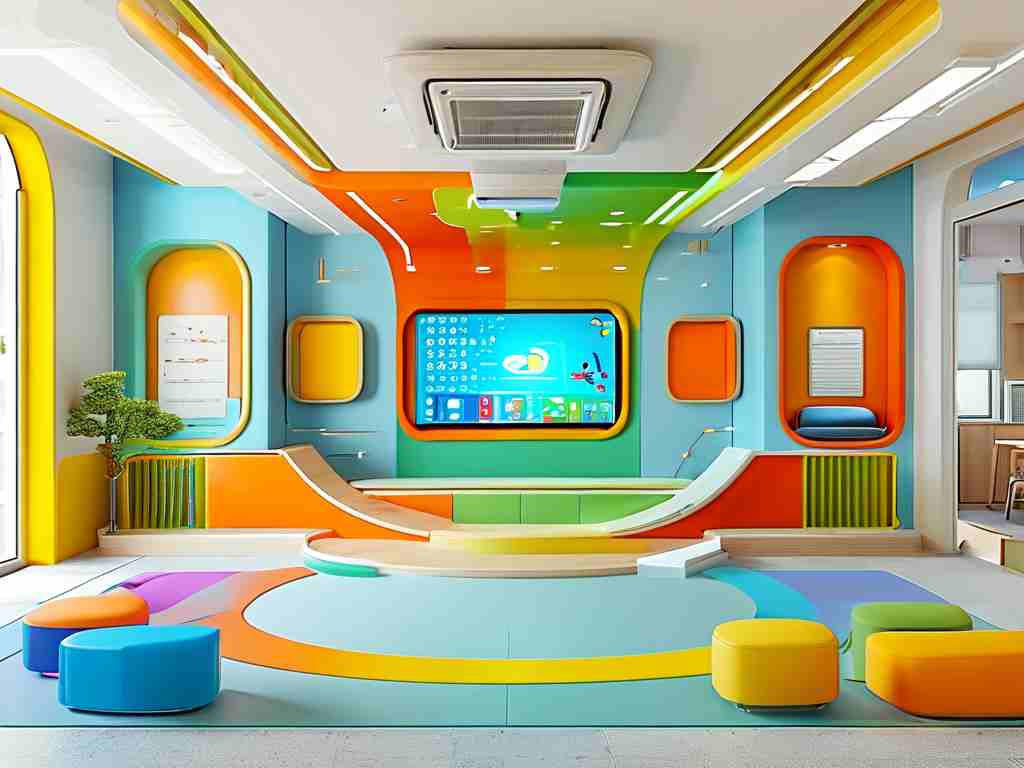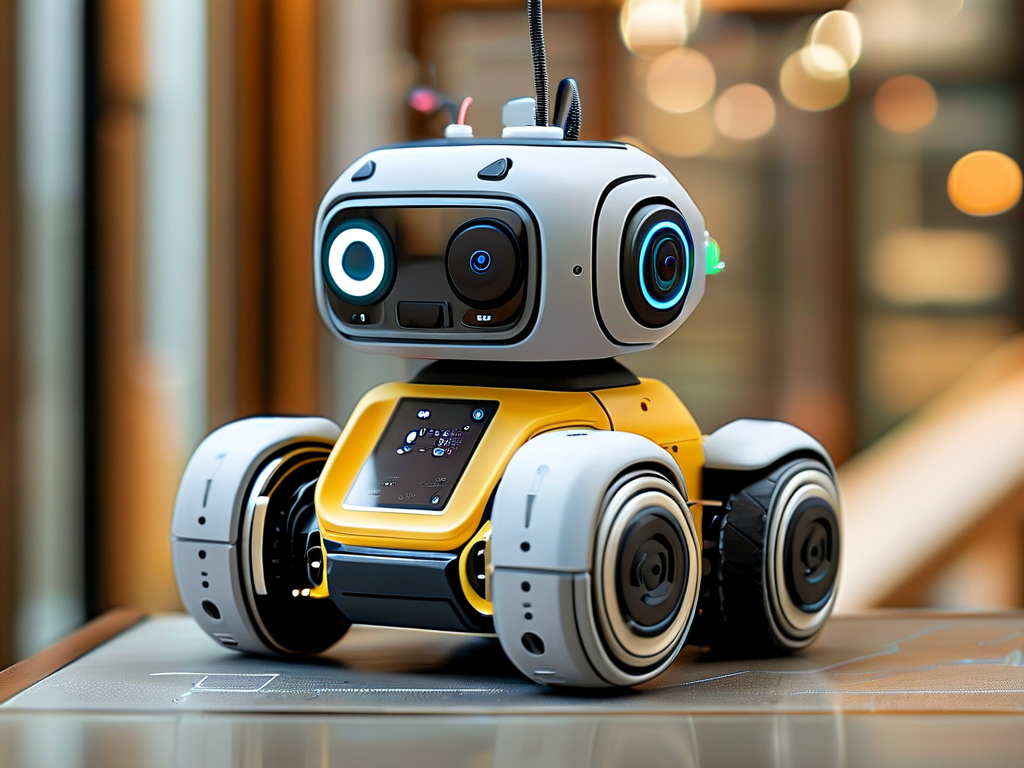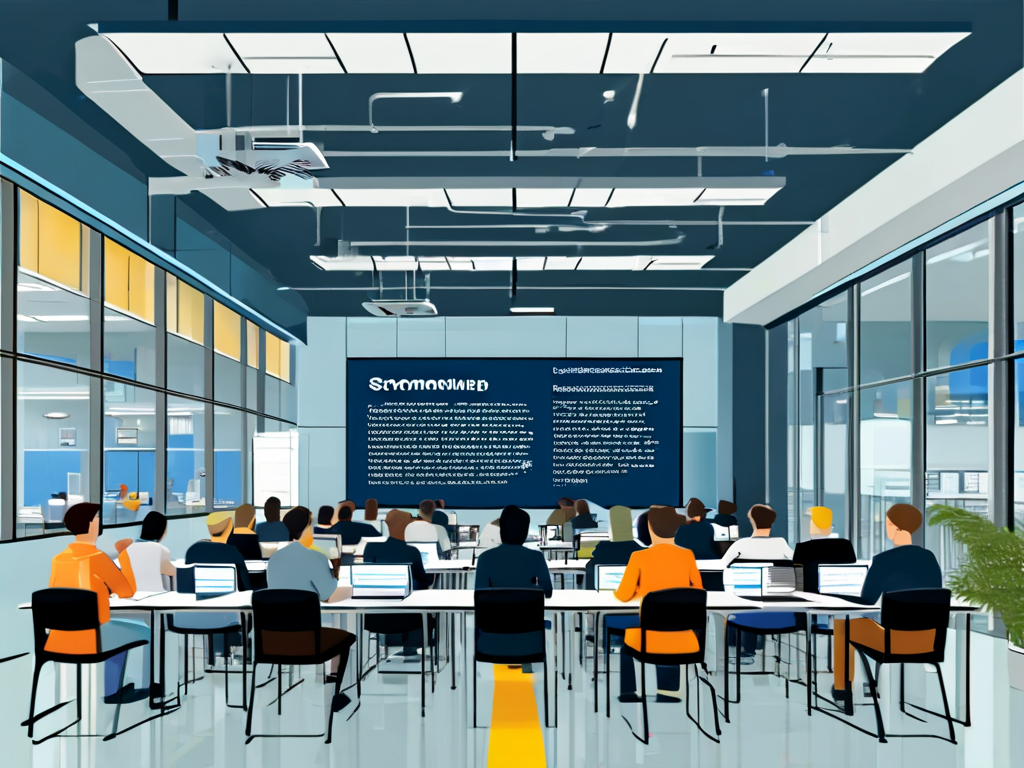In today’s digitally driven world, introducing technology education at an early age has become a priority for educators and parents alike. Embedded development kits tailored for elementary school students are emerging as powerful tools to bridge the gap between theoretical learning and hands-on innovation. These kits, designed with simplicity and engagement in mind, empower young learners to explore coding, electronics, and problem-solving in a playful yet educational framework.

The Rise of Child-Friendly Embedded Systems
Traditional STEM tools often overwhelm young learners with complex interfaces or abstract concepts. Modern embedded kits for kids, however, prioritize accessibility. For example, many now feature color-coded components, drag-and-drop coding interfaces, and pre-built project templates. A popular kit like "CodeBot Jr." integrates sensors, LEDs, and a microcontroller compatible with Scratch-based programming. This approach allows children as young as 7 to assemble circuits and create interactive projects—such as a light-sensitive night lamp or a motion-activated alarm—within minutes.
Educators report that these kits foster collaboration. In classroom settings, students often work in teams to troubleshoot circuits or debug code snippets like:
if sensor.read_light() < 50:
led.turn_on()
else:
led.turn_off()
Such activities subtly introduce logical thinking while keeping the experience lighthearted.
Curriculum Integration and Skill Development
Schools adopting embedded kits often align them with interdisciplinary learning. A third-grade teacher in California shared how her class used a weather station kit to combine data logging (science), graphical analysis (math), and report writing (language arts). The hardware-software duality of these kits also nurtures computational thinking. By physically connecting components and observing real-time outcomes, students grasp cause-and-effect relationships more intuitively than with screen-only tools.
Critics argue that early exposure to embedded systems might narrow creativity by focusing on predefined projects. However, open-ended kits like "Inventor’s Playground" counter this by providing modular parts without rigid instructions. One student used such a kit to build a "smart plant caretaker" that waters herbs based on soil moisture—a project blending biology and automation.
Parental Involvement and Home Learning
Beyond classrooms, these kits are gaining traction as family activities. Parents with no engineering background appreciate guided tutorials that demystify terms like "GPIO pins" or "pull-up resistors." Weekend workshops at libraries and makerspaces further democratize access. Notably, safety features—such as low-voltage components and insulated wires—address concerns about young children handling electronic parts.
Challenges and Future Directions
Despite their potential, barriers remain. Cost is a hurdle for underfunded schools, though initiatives like "Tech for Tots" are crowdfunding kits for rural districts. Another challenge is teacher training; districts like Boston now offer summer bootcamps to help educators integrate embedded projects into lesson plans.
Looking ahead, advancements in AI could personalize kit-based learning. Imagine an adaptive system that suggests projects based on a student’s progress or automatically adjusts coding challenges. Augmented reality (AR) integration might also overlay virtual instructions onto physical components, simplifying assembly for visual learners.
Embedded development kits for elementary students are more than toys—they’re gateways to lifelong tech literacy. By blending tactile exploration with digital creativity, they prepare children to thrive in a future where technology and critical thinking intersect. As one nine-year-old aptly put it after building her first robot: "It’s like magic, but I know how it works!" This shift from passive consumption to active creation epitomizes the promise of these innovative educational tools.









